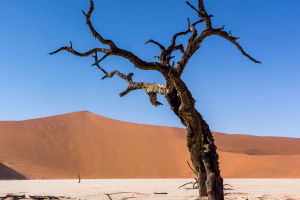Grass, like crops, needs certain mineral nutrients to grow well, but you don’t really see people fertilize grass. In winter, the grass is burned into ash, and the mineral components are retained in the ash. The ash can seep into the soil with the rain. In this way, the minerals return to the soil, just like applying fertilizer.
Lawn grass is widely used in gardens, sports fields, soil and water conservation lands, railways, highways, airports, factories, and other places to provide people with a pleasant and clean working and living environment. Lawn grass can filter dust and purify air. Every square meter of lawn grass can absorb 1.5g of carbon dioxide in one hour. This is also the reason why people feel the air is particularly fresh on the lawn; It also reduces noise. A 20-meter-wide lawn grass can reduce the noise by about 2 dB; At the same time, lawn grass can also increase air humidity, which can change the water absorbed from the soil into water vapor and evaporate into the atmosphere.
Ornamental grass is mainly used to decorate and beautify the environment and is mostly used in landscape design. Ornamental grass can decorate the environment in all seasons. They are colorful and have different postures. The leaves of some precious ornamental grass varieties also have light stripes and spots, which greatly improves their ornamental value.
Lawn grass and ornamental grass are the plants we can often see. Although they are not as eye-catching as flowers and trees, they can still beautify the environment. Imagine how enjoyable it is to lie on the green grass and look at the blue sky and white clouds. Grass can also provide food for herbivores and maintain the balance of the ecological chain. So, protect the grass and don't damage it on purpose.


